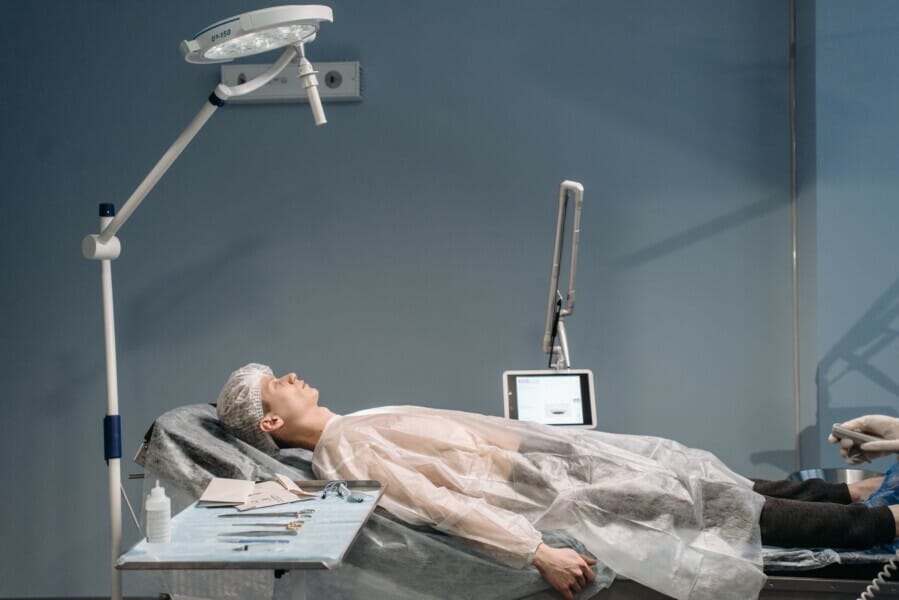Understanding Fusion Surgery
Joint fusion surgery, also known as arthrodesis, can help alleviate discomfort in various parts of the body like the spine, wrists, hands, ankles, and feet. If you’ve been experiencing persistent pain and have explored different treatments without success, fusion surgery might offer relief. It can help with pain caused by conditions like arthritis or poorly healed fractures. Patients with back issues such as scoliosis or degenerative disc disease have also found relief through fusion surgery. Your orthopedic surgeon can perform a fusion by joining the ends of two bones at a joint, eliminating the joint itself and reducing pain. If you’re experiencing pain from any of these conditions, discussing fusion surgery with your orthopedist could be beneficial.
What to Expect From Fusion Surgery
Before the surgery begins, you’ll receive anesthesia to ensure you’re comfortable and pain-free throughout the procedure. Your orthopedic surgeon will remove damaged cartilage between the affected bones to address the source of pain. Following this, screws, a metal plate, or a bone graft will be used to stabilize and fuse the ends of the bones. In some cases, minimally invasive arthroscopic surgery may be an option, leading to a quicker recovery and less postoperative discomfort depending on the location of the operation.
Post-Surgery Care
After the fusion surgery, you may need to wear a cast to support the bones during the healing process. If it’s your ankle or foot that has been operated on, crutches may be necessary to keep weight off the foot. Regardless of the joint involved, orthopedic rehabilitation will be crucial in helping you regain strength and flexibility as you recover.
Determining Fusion Surgery Candidacy
Your doctor will evaluate whether fusion surgery is suitable for the area causing you pain. They will review your medical history, conduct a physical examination, and may order diagnostic tests. Based on this information, they will discuss your goals and the expected outcomes with you.
If you are deemed a suitable candidate and opt for fusion surgery, you can anticipate a significant reduction in pain. However, it’s essential to understand the potential limitations and impact on your daily activities. It’s advisable to have a detailed conversation with your doctor about the recovery process and what to expect post-surgery before finalizing your decision.
 Image by SHVETS production via Pexels[/caption>
Image by SHVETS production via Pexels[/caption>
Featured Image by Pavel Danilyuk via Pexels
















